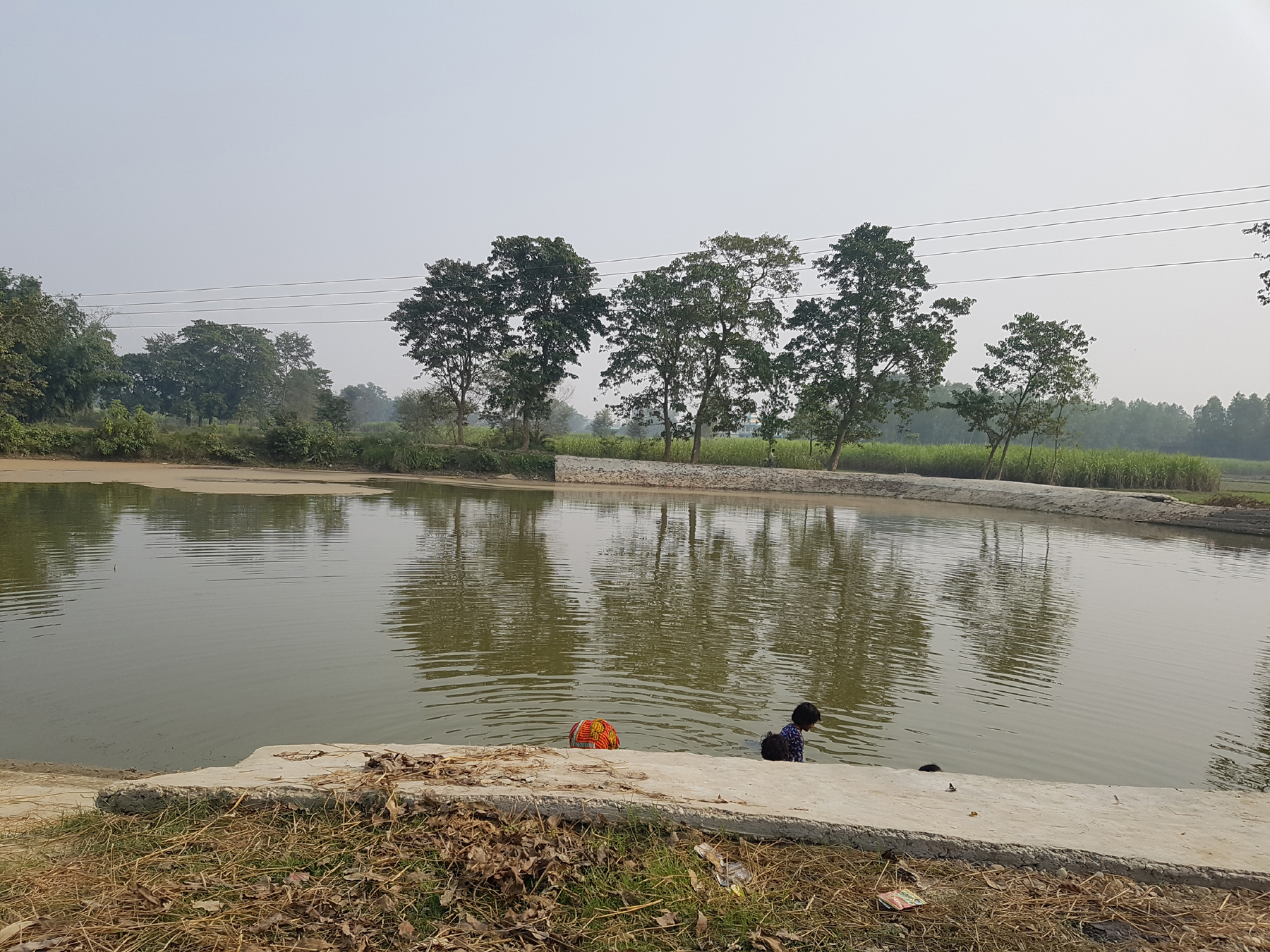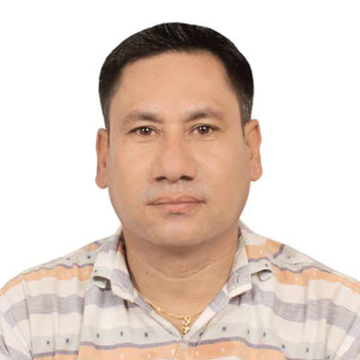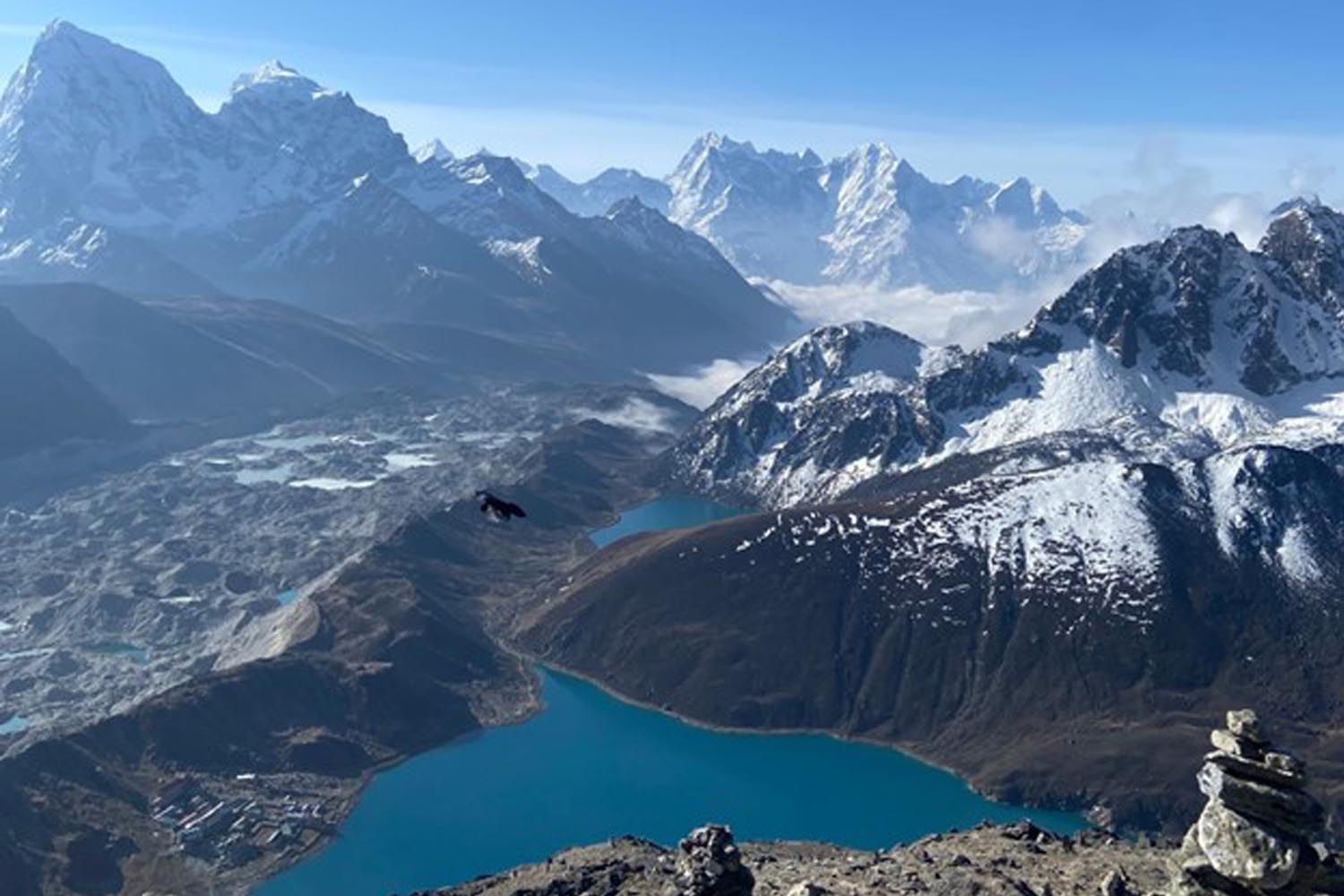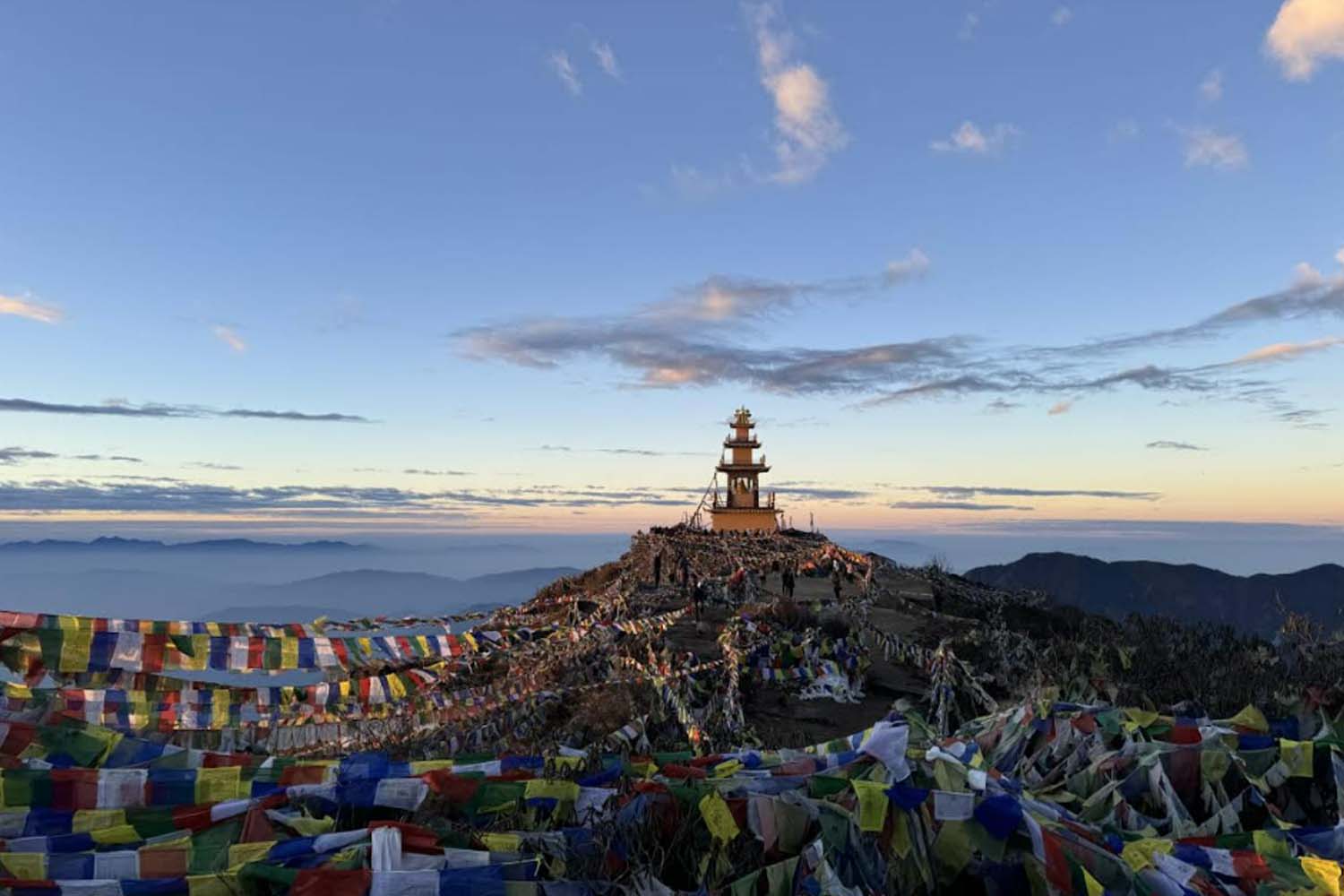Travel
Rautahat: one that encompasses the heart, soul and spirit of the Tarai plains
On your visit to the district, start with Nunthar and other lesser-known destinations.
Shiva Puri
The purpose of a traveller’s visit to Nepal is to view high mountains, tangled hills, and rivers racing from high ground gradually losing their force in gentle meanders towards the southern plains. Most stop at that and are on their way out of the country. But they continue on their journey south, they will see the other picture of Nepal—that of Tarai rich with vast sweeping landmass, wetlands, grasslands, and lowlands inhabited by the indigenous people from various cultural backgrounds.
Rautahat district in Province 2 is one that encompasses the heart, soul and spirit of the Tarai region. One doesn’t have to travel very far from Chandranigahapur, the district headquarters, to get a Rautahat experience.
For instance, only about 16km North-East from Chandranigahapur, lies Nunthar, a small settlement of great religious significance for the locals.
Situated at the border of Rautahat, Makwanpur and Sarlahi in the lap of Chure forests, Nunthar plays host to religious pilgrims who come to pay their respects at the Shiva Temple. The temple is believed to be more than 100 years old with legend and lore woven into its story. On the southern side of the temple is a deep well of sour water. The locals believe that the water in the well has healing properties and pay regular visits to the temple to peruse the water from the well.
Nunthar sees scores of domestic tourists from neighbouring districts of Sarlahi, Dhanusha, Mahottari, Bara, Parsa and Makwanpur. Tapping into the footfall the local administration has stepped up to develop the area into a major tourist destination. Ram Kumar Bhattarai, chairman of Nunthar Area Development, said, “We organise a month-long cultural fair in Nunthar in mid- July every year. The committee has spent Rs 10 million so far to build a children’s park and dedicated picnic spots, and fishing spots and boating facilities in the Bagmati river.”
According to Bhattarai, the location and the climate of Nunthar make it the perfect spot to develop it as a tourist destination.

Curiously, a suspension bridge over the Bagmati river that connects Sarlahi has of late gained popularity among visitors. Laxman Neupane, a Nunthar-local, said, “The suspension bridge was built four years ago and of late people from neighbouring districts who come to visit the Shiva temple go to the bridge and take photos. The bridge has become a popular spot for selfie enthusiasts.”
Sarendra Sapkota, the chairman of District Coordination Committee, Rautahat, said, “A campaign has been started for the publicity of all tourist destinations in the district. We would like tourists to come to Rautahat and experience the beautiful district.”
Another spot to visit while in Rautahat is Junge Jharana. Situated about 16km west of Nunthar, it is one of the lesser frequented locations in the district.
The jharna is about 20-minute walk from the banks of Marpha in the Hattidamadar Forest Area. Since waterfalls are rare in the Tarai plains, this jharana is popular among the locals but is yet to gain popularity with outsiders. Locals say that Junga Bahadur Rana, the first Rana Prime Minister, used to spend his time by the jharana on his visits to the district. “There are very few waterfalls in the province, so this waterfall can be developed as a major attraction,” said Yubaraj Bhattarai, a local. “Only the locals know about it so far. We need to develop the infrastructure to bring visitors from outside to this site.”
According to Bhattarai, the jharana still does not make it to the list of famous places to visit in Rautahat because of a lack of motorable roads for four-wheelers.
Teknath Pokhrel, a local, who is also the chairman of Hattidamar Area Tourism Development Committee, said, “Despite having huge potential for attracting more visitors, Junge jharana lacks publicity.”
Framing the Junge jharana is the Junge forest. The diverse flora of the forest makes it an ideal habitat for a variety of birds and animals such as peacock, ghoral, chittal, deer, wild boar, porcupine and bear, among others. The forest sees flowers such as Parijat bloom in rich splendour come spring.
“The municipality has allocated Rs 4 million for the development of the area in the current fiscal year,” said Pokhrel. “The budget is going to be used for building a motorable road leading up to the waterfall.”

Next stop is the Musahar Settlement in Chandranigahapur which made the news because it was built by the famous Dhurmus Suntali duo. The model settlement built by the Dhurmus Suntali foundation saw visitors from far and wide come to Rautahat to take a tour of the settlement. A view tower has been built inside the settlement which gives a 360-degree view of the surrounding hills. Visitors have to pay a fee of Rs 100 to climb the tower.
Every day 200 visitors visit the settlement, according to locals. A drive along a 7km pitched road from south of Chandranigahapur will take you to the settlement.
Another famous spot in Chandranigahapur is the BP park. The park is a favourite among picnickers since it offers a scenic view of the surrounding forests and ample space to relax. Dhana Lal Thokar, a local, believes that the park should be highlighted in all tourism activities undertaken by the district authorities. “The local economy will also get a boost if the park is managed well,” he said. “The park is a beautiful spot and its preservation and promotion should be prioritised,” said Thokar, who is also a Province 2 assembly member.
Among other wetlands in the district, the closest to the district headquarters is Mardhar Wetland located about 4km south of the East-West Highway. The vast expanse of the wetland plays host to Siberian birds, who migrate from the cold mountains to a warmer climate in the southern plains. Since the wetland is rich in biodiversity, it often features in educational tours for students.
“The wetland spread over 30 bighas is visited by students who come for educational tours,” said Bidhya Sapkota, the founding chairman of Mardhar Watershed Conservation and Development Committee. “We are in the process of developing the infrastructure of the park to facilitate more visitors. We want to introduce leisure activities too,” said Sapkota.
Another fascinating destination in the district is the Najarpur village. The village is most famous for Nijananda Dham, which also houses a temple dedicated to Lord Krishna. The second reason for the village’s fame is its adoption of vegetarianism. Every villager is a vegetarian.
Located 7km south of the East-West Highway, the Najarpur village built 55 years ago, has been included on the list of religious tourist destinations of Province 2.
“The Krishna Pranami temple also runs a school, an old age home and a dharmashala,” said Dataram Dahal, the chairman of the Temple Committee. “The temple adds to the identity of the village as one-of-its-kind in the entire country.”
In another location, in Maulapur Madhani, the ruins of a 1,000-year-old temple were discovered by archaeologists in September last year, according to engineer Gopal Jha. “The temples are believed to have been built between the 12th and 13th centuries,” said Jha.
A mahayagya was organised in Pataura, Maulapur last month to celebrate the findings. “The area is an archaeological heritage site. It has the remains of palaces and temples,” said Jha.
Tourists visit the area to see the ruins, said Rina Devi Sah, Mayor of Maulapur. "It will be an important tourist destination in the near future," said Sah. "The area has a unique significance for the history it carries."
TOP TIPS:
How to get there: Chandranigahapur is about a five-hour ride from Kathmandu via Bhimphedi.
Where to stay: Visitors can stay at hotels in Chandranigahapur.
What to eat: Rautahat is famous for goat curry called ‘Katiya’. The curry is prepared in a mud vessel which gives it a distinct flavour. Visitors can also enjoy Dhindo and local chicken dishes when in Nunthar.
Budget: Rs 2,500 per day per person in Chandranigahapur.
Detours: Nijgadh International Airport site and Kathmandu-Tarai expressway site in Bara district which are about 22 and 28 km west of Chandranigahapur.




 18.12°C Kathmandu
18.12°C Kathmandu





